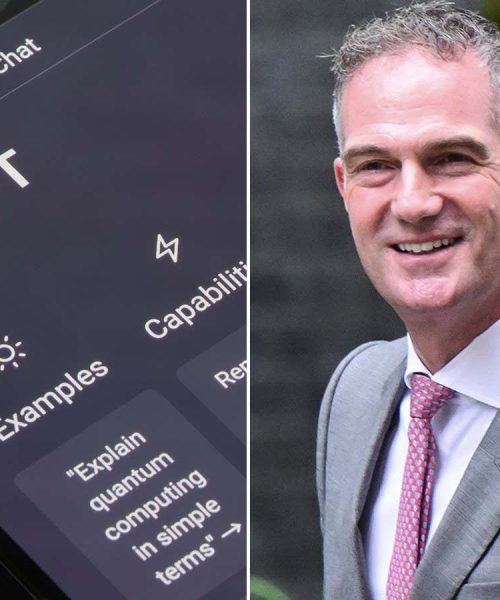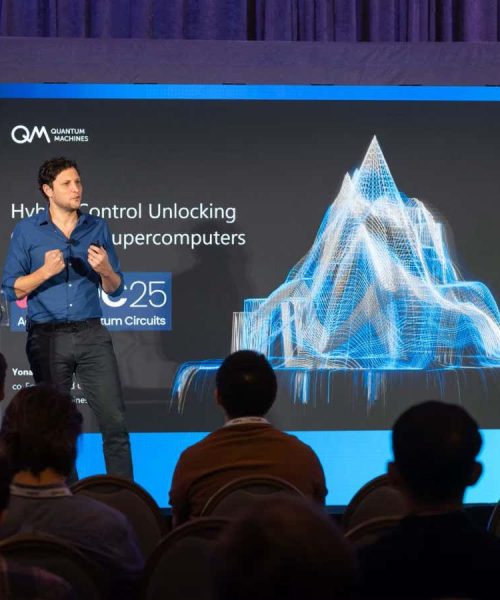
India plans to pursue an older form of chip technology
Pradeep Gaurs/Shutterstock
As part of India’s transformation into a leading global economy, prime minister Narendra Modi has set a target for the nation to become one of the world’s five biggest computer chip manufacturers by 2029, from a base of almost nothing. With the rise of artificial intelligence and unstable geopolitics creating a global scramble to build domestic chip factories, how likely is it that India can compete?
Rakesh Kumar at the University of Illinois Urbana-Champaign says there are two main drivers for countries seeking semiconductor self-sufficiency. The first is a realisation, sparked by shortages during the height of the covid-19 pandemic, that chips are now vital to a nation’s security and industry. The second is a desire to carve out a slice of an enormous and growing industry worth $526.9 billion last year.
Advertisement
Currently, Taiwan makes 68 per cent of the world’s chips, with one company – TSMC – accounting for the large majority. The looming threat of a Chinese invasion of Taiwan has sparked panic and a wave of investment. “Everybody is foreseeing different kinds of geopolitical games,” says Kumar. “If one or a couple of countries have ownership on it [chip manufacturing], then they can use it as a leverage.”
As such, building a local chip industry is logical, but it isn’t easy. One approach is attracting foreign investment, and capturing much of the chip manufacturing that currently takes place in China – Apple is considering moving a quarter of iPhone production from China to India by next year, for instance. But true silicon independence will require building an infrastructure of supporting suppliers and training skilled workers, along with large and continuing investment, says Kumar.
Even with massive government support, Indian chip factories may struggle to be competitive at first, lacking the efficiencies and scale of a mature industry, charging perhaps twice as much as Chinese alternatives, says Kumar. “Who’s going to buy the Indian chips? And who’s going to continue buying these for the five or 10 years it may take to become cost competitive?”
If India wants to grow its industry, it may have to bring in protectionist legislation requiring local companies to use local chips, says Kumar.
One thing in India’s favour, says Kumar, is that it is chasing older technology to get a foothold into the market, rather than aiming to compete with the cutting edge of the industry. India’s goal is to increase production of 28 nanometre chips, which are used in cars and household appliances rather than computers or smartphones, and rely on manufacturing techniques that date back to the early 2000s. “These are not the sexy chips,” says Kumar. “But there’s a big market.”
John Goodenough at the University of Sheffield, UK, says countries are realising that not only is securing a supply of chips vital for national security, but that control over the whole process, from design to manufacture, is essential to prevent adversaries sneaking in malicious code or surveillance features.
Goodenough says that there is reason to believe India could succeed, as it already has a nucleus of talent – some 125,000 workers, making up 20 per cent of the world’s chip design workforce. But he says it will need significant and prolonged investment in all other parts of the supply chain with no guarantee of success, and an extremely uncertain playing field with nations around the world scrabbling for position.
“It depends on how deep their pockets are and how long a game they play, because that’s the game that Taiwan and South Korea played over the past 20 to 30 years,” says Goodenough. “To play is an expensive, long-term, patient capital game.”
But Awanish Pandey at the
“We’re going all in,” says Pandey. “Only time will tell how big this thing becomes in the future. The goal at this point is just to get started. This is a game of money and intellectual property: the government is giving money at this point, IP is something we’ll have to generate.”
This article is part of a special series on India’s election.
Topics:





